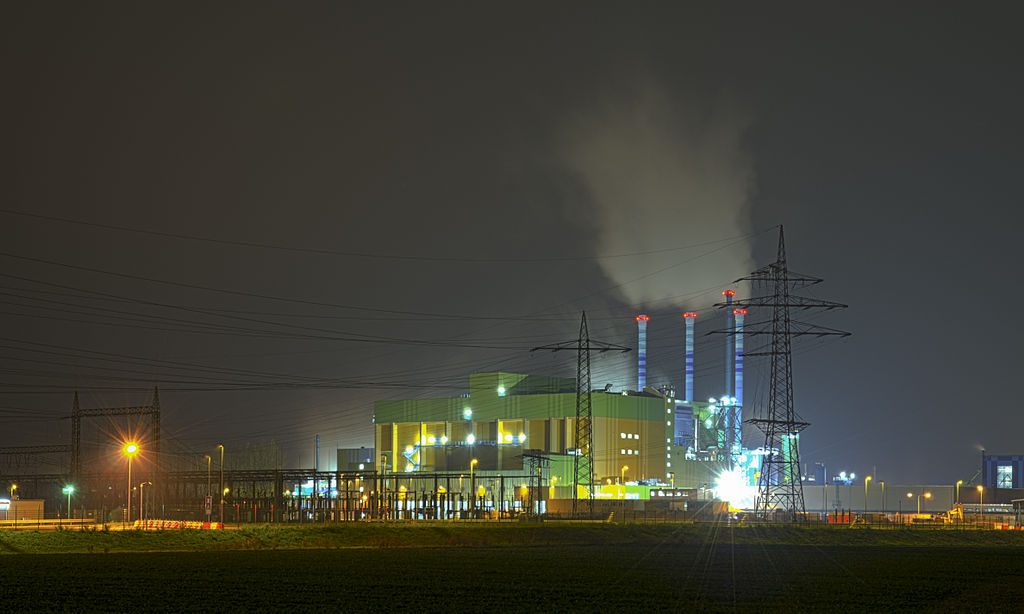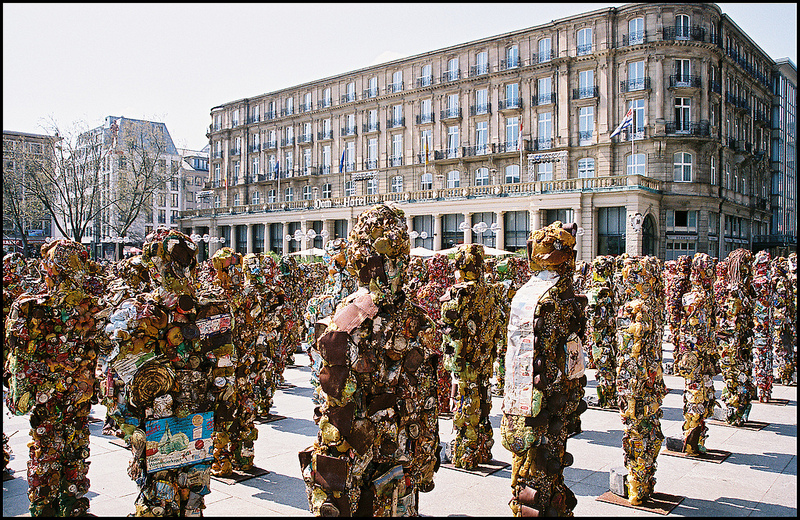
What is being done?
Attempting to decrease the overall generation of waste is the main goal. This involves educating people. Education involves recycling efforts, diminishing individual waste generation rates, and encouraging separation at the source (Zhang, Huang, Xu, & Gong, 2015). Separation (of recyclables and non-recyclables) at the source makes recycling efforts more manageable, and therefore more efficient.
However, this still leaves the issue of waste already accumulated. That is where waste-to-energy processes come in.
Waste-to-energy
Waste-to-energy refers to the recovery of heat and power from waste, and in particular, non-recyclable waste (Zhang, Huang, Xu, & Gong, 2015, p. 14182). These processes typically involve the incineration of solid waste and the heat from the incineration is capable of producing energy.
Pros:
Deals with the overwhelming mass of waste
Provides industries with a renewable energy resource
Diminishing land availability for landfills no longer is a problem
Cons:
Air pollutants including fly ash are released into the environment
High cost of construction and maintenance
References
Nagel, Norbert. (Photographer). (2011, November). Industry park Höchst waste-to-energy plant [digital image]. Retrieved from https://commons.wikimedia.org/wiki/File:Industry_park_H%C3%B6chst_-_waste-to-energy_plant_-_Industriepark_H%C3%B6chst_-_M%C3%BCllverbrennungsanlage_-_04.jpg
Zhang, D., Huang, G., Xu, Y., & Gong, Q. (2015). Waste-to-energy in China: Key challenges and opportunities. Energies, 8 (12), 14182-14196. doi: 10.3390/en81212422
